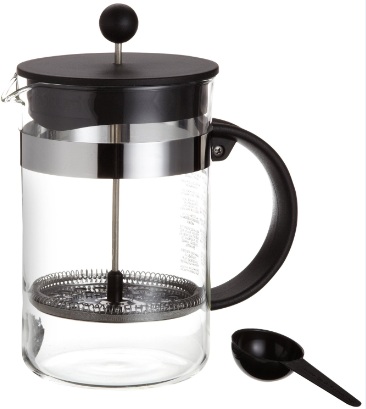
Herbals teas are a big business and that’s a good thing. Not everyone wants or needs to drink caffeine when they drink a hot beverage.
But here’s something not even 1 out of 100 people who drink herbal teas know…
The health effects of herbs don’t kick in until the healing properties have been extracted from the plant.
A commercial herbal tea bag steeped for a couple of minutes in hot water will flavor and maybe even color water.
However, if you’re drinking herbal tea to calm down before bed, to deal with an upset stomach, to nourish and tonify yourself, or to address any of the other 1001 things herbs can do for you you, a two minute soak of a store-bought herbal tea bag in hot water won’t do much, if anything.
To get the benefits, you need to extract the beneficial substances from the plant.
Hot water, cold water, vegetable oil, vinegar and alcohol are all substances that can be used to extract the healing elements (phytochemicals) from plants.
The key word is extract and you can’t carry out meaningful extraction with just a teaspoon of plant material and two minutes in hot water.
Some plant material require an alcohol extraction that takes several weeks. Others do best with oil extraction. Still others require prolonged cooking (decoction).
How to make an herbal infusion
In this article, we’re going to focus on the simplest and fastest method to use: infusion.
Generally, infusion is the method of choice for leaves and flowers. Many of the most common and effective herbs people use – mint, chamomile, nettle, ginger, red clover and others – can be infused using water.
Water infusions can be done with hot or cold water. Some plant material does better with cold water infusions, but for the sake of simplicity we’re going to focus on the hot water method.
Note: Sometimes infusion will make the taste of an herb much more intense.
For example, chamomile is a pretty mild tasting tea.
A chamomile infusion is a whole different thing. Make one and you’ll see what I mean.
Now that we’ve handled this long introduction, you’ll be happy to know that the actual process is simplicity itself.
If you want to get the maximum health benefits from a plant:
1. Source it from the best source you can find (not a tea bag company.)
We’ve covered this important topic here: Herb Basics 101: Acquisition and Storage.
2. Use A LOT more of the herb than you will find in any tea bag: up to one ounce of the herb in dried form
3. Steep it for A LOT longer than when you make a cup of tea (a minimum of 20 minutes, but the longer the better)
4. While steeping, block the steam from leaving the vessel which takes some of the beneficial phytochemicals away with it
5. Sip it slowly over the course of day. You will get far more benefit from this than gulping it down because it gives the body time to assimilate it. Otherwise, you run the risk of having it “pass through” you. (This principle applies to drinking water too.)
Here are three of the most common ways to make a hot water infusion

The Mason Jar Method
1. Get a one quart mason jar with lid
2. Put in one ounce of dried plant material or all the way with fresh plant material
3. Fill the jar with hot water
4. Put on the lid
5. After sufficient time has passed, strain the infusion into another jar and sip throughout the day

The Coffee Press Method
1. Get a coffee press, also known as a French Press
2. Fill it half with with dried plant material or all the way with fresh herbs
3. Add hot water and wait at least 20 minutes
4. Before you start drinking, you can use the press to squeeze additional liquid from the wet leaves and flowers.

The Big Tea Bag Method
This is when you just want to make a small dose for quicker consumption
1. Get a mug-sized tea sleeve
2. Pack it with plant material
3. Put it in the biggest mug you can find and add hot water and wait at least 20 minutes
4. Put a tea dish over the mug to keep the volatile oils from escaping
That’s it.
Now you know three ways to make a healing herbal infusion and you will get far more benefit from the plants you work with.
Enjoy and spread the word!
– Ken McCarthy
PlantWisdom.org

